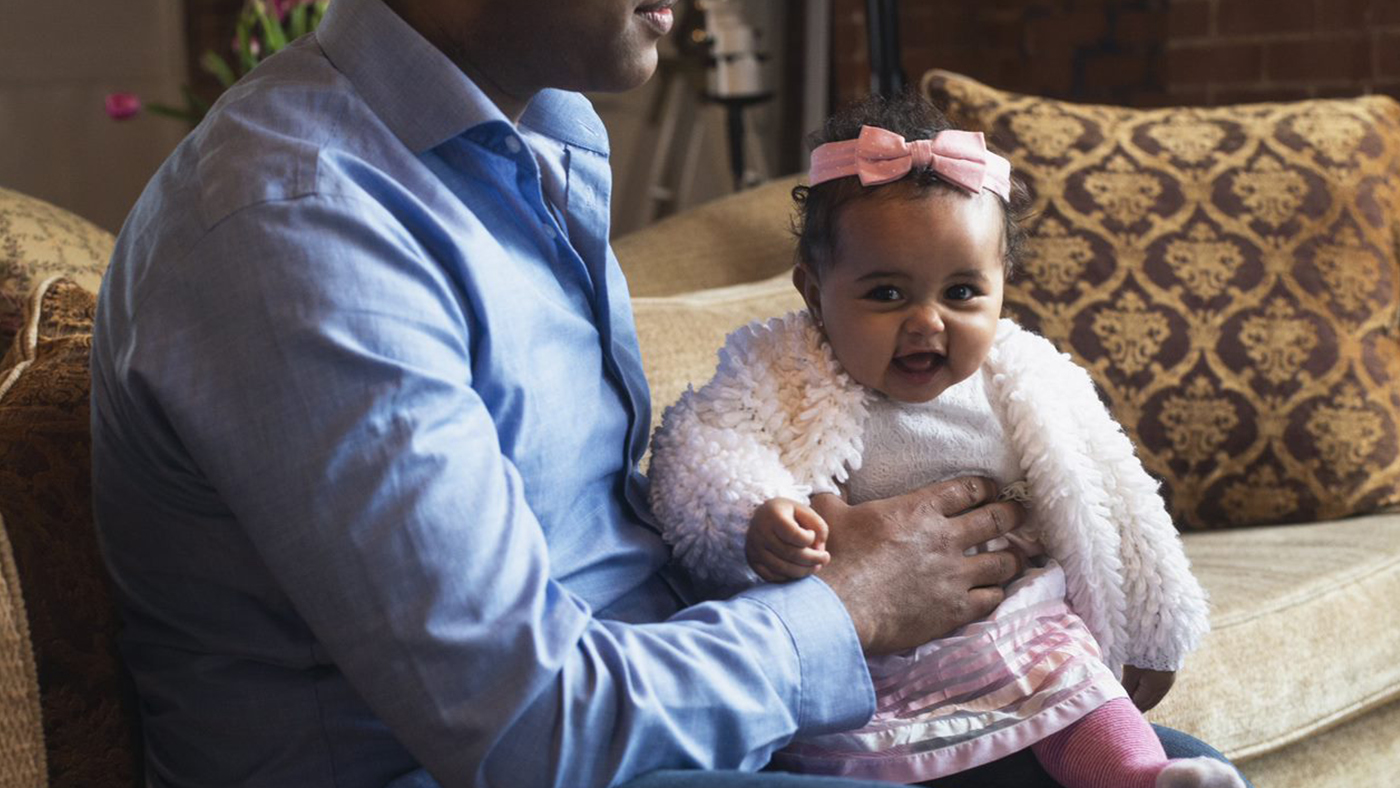Babbling, babies and bonding

Babbling is a telltale sign that your baby is gaining control over their speech. They are learning to control the movement in their throat, allowing them to play around with volume, pitch changes and more controlled sounds.
Our vocal tracts are quite fascinating: such a small part of our body produces a major part of our communication.
When we talk, sounds are created by vocal cords (also known as vocal folds) and the sounds pass through the vocal tract. The vocal tract is an air-filled passageway that runs from the top of the vocal cords to the lips.[1]
Your baby is exploring and experimenting with how to use their vocal cords and tract when you hear them babbling.
Babble (and talk) is all a blend of vowels and consonants.
To make consonant sounds, the vocal tract contracts. When vowel sounds are made the vocal tract widens.
We all have vocal flaps which help us to produce higher and lower sounds.[2]
It’s not only the vocal tract that helps your baby produce sounds!
The vocal tract is supported by lots of other small body parts. Our lips, mouth, teeth, cheeks, nasal cavity and several other small throat parts all contribute to the creation of different sounds.
As they push air through the vocal cords, our lungs also play a significant role in the production of sound.
We use our voices for more than just babbling and talking.
You may have already used your voice to sing, talk, laugh and cry today. Our voices are a super tool, and every day your baby is learning more about how to use theirs.
They will use their voice more and more to attract and hold your attention, and in time they will be able to talk with you and join in your laughter and singing.
References:
[1] Irene. L., Haris. D. Vocal Tract. Voice Science Works.org. Accessed October 31, 2022, from Vocal Tract - VoiceScienceWorks
[2] Baars. B.J. Gage. N.M. (2013) Fundamentals of Cognitive Neuroscience. Chapter 11 - Language, Pages 313-328. Academic Press.